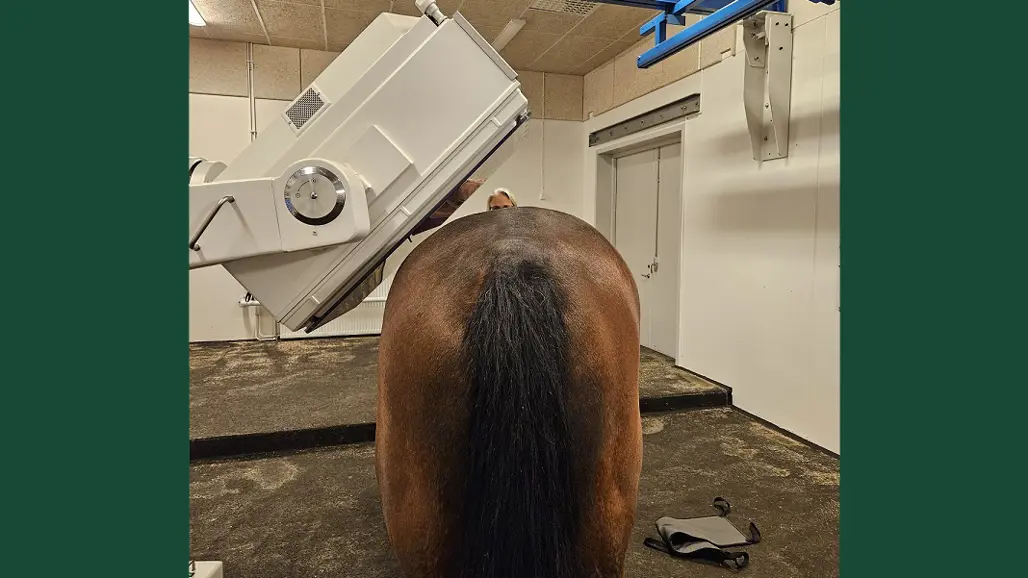
Radiation safety of ultrasound in horses the day after a scintigraphic examination
Scintigraphy is used, for example, to detect skeletal lesions in horses. Scintigraphy can detect changes earlier than other methods, but the use of radioactive material requires procedures to minimize the exposure of animal health staff to radiation.
A research team at the Swedish University of Agricultural Sciences has investigated how much radiation horses emit after a scintigraphic examination. As horses often travel long distances for this type of examination, there is a desire to complete the investigations and reach a diagnosis as soon as possible after the scintigraphy so that the patient can be discharged and start their journey home. It is therefore common for a follow-up X-ray or ultrasound scan to be performed the day after the scintigraphy.
This study investigated whether radiation levels were low enough for follow-up ultrasound examinations to be carried out the day after the scintigraphy. Radiation was measured from the horse's skin on the head, elbow, back, belly, knee joint and anus, immediately after the examination and 24 hours after the radioactive isotope was injected.
The results showed that after 24 hours, radiation levels had decreased to levels below the regulatory exposure limits for staff. Radiation levels measured in the anal region of the horses were lower than in the other regions, which is important as several common equine ultrasound examinations are performed rectally. The researchers were also able to identify regions where the radiation levels were higher, which is important information to be able to implement proper protective measures.
In conclusion, the study has provided knowledge that allows radiation safety procedures to be tailored to the workflow of an equine clinic, so that a valuable diagnostic test can be used with minimal risk to staff.
Link to the publication
https://doi.org/10.1111/vru.13319
Reference
, , , , , . Radiation from the equine perineal region is low compared with the elbow and head 24 hours after bone scintigraphic examination. Vet Radiol Ultrasound. 2024; 65: 68–75.
Contact
-
Person